Myths about pasta? Really? Many myths aren’t true about one of my favorite foods – pasta! Initially, I was going to make this topic a quiz, but let’s see at the end of the post, how well you score when it comes to knowing the truth vs. myths about pasta. Let us know in the comments.
This post contains affiliate links that help keep this website running. By purchasing through our links, we make a small commission at no extra charge to you. Thank you for your support!
Myth #1: Pasta is Unhealthy and Fattening
Truth: Pasta itself isn’t inherently unhealthy. It provides carbohydrates for energy. The key is portion control and what you pair it with. Opt for whole-wheat pasta for added fiber and choose lean protein and veggie-rich sauces for a balanced meal. Personally, I don’t love this type of pasta but I know it has its health benefits.
A good size serving for pasta is about 100 grams. Depending on the pasta brand, this might add up to 350 kcal, resulting in approximately 70 percent of complex carbohydrates. Studies have proven that it is not carbohydrates that make you fat but excess calories.
Myth #2: Italians Never Eat Pasta with Meatballs
Truth: This Americanized dish is delicious, but not a traditional Italian staple. Italian pasta dishes often focus on regional specialties and fresh ingredients. You might find ragù (a meat sauce) used in some regions, but meatballs are less common.

Myth #3: Pasta was Invented by the Chinese
‘Noodles’ were available in Sicily when the island was under Arab rule. The Chinese invention of pasta is untrue. Some say that the 1938 Gary Cooper film, The Adventures of Marco Polo, commercialized spaghetti is where this rumor began.
Myth #4: You Should Rinse Pasta After Cooking
Truth: Rinsing pasta washes away some starch, which can help the sauce adhere to the pasta. Unless you’re using the pasta in a cold dish where rinsing helps stop the cooking process, skip this step.
So, starchy pasta water is a goldmine for creating silky sauces! Reserve some pasta water before draining to adjust the consistency of your sauce and make a restaurant-quality finish.
Myth #5: ‘Al Dente’ Means the Pasta is not Quite Cooked
Pasta cooked “al dente” is easier to digest. The gluten retains the starch granules making their assimilation more gradual. Also, the correct cooking time preserves the characteristics of the food and avoids dispersing the nutritional properties.
Myth #6: Leftover Pasta Reheated in the Microwave
Truth: The microwave can leave pasta dry and unevenly heated. Reheat leftover pasta gently in a pan with a splash of water or sauce to revive its texture.
Myth #7: Gluten-Free Pasta is Less Fattening
Unless you have Celiac Disease or are hypersensitive to gluten, normal durum wheat pasta is fine. The risk of overcompensating for the reduced carbohydrates by consuming more fats could lead to a greater calorie intake.
Myth #8: Adding Salt Makes the Water Boil Faster
Salt should always be added to the water only when it starts to boil. Several people believe only before adding the pasta. The act of adding salt does not affect the boiling point. The best way to bring water to a boil is to put the lid on the pot as it does take less time and energy.
Myth #9: Pasta Makes You Sleepy
Truth: Any large meal can make you feel sluggish, not just pasta. The key is portion control and balancing your meal with protein and vegetables.
Myth #10: All Pasta is Made With One Type of Flour
Pasta is made with several varieties of flour. Basic pasta dough is made mostly of wheat flour or semolina. Durum wheat is used predominantly in the southern part of Italy and soft wheat in the north.
No matter how the flour gets processed, Italian flour is softer, slightly sweeter, and lower in (gluten) protein, while American wheat is harder, slightly more bitter, and high in protein.
Myth #11: All Dried Pasta is the Same
A good pasta should have a light yellow color – almost ivory, as this is the color of semolina (ground durum wheat). This means the pasta has been dried slowly at a low temperature and that the nutritional properties are therefore intact. Next time you are at the grocery store, take a look at the different bags. You will also notice when comparing different brands, that the drying time is different. The longer the drying time, the better the pasta.
Also, bronze-cut pasta, (bronze-die) is extruded through dies—perforated metal plates that cut and shape the pasta—that are made of bronze. These bronze dies produce a finished noodle with a rough, porous texture. Bronze-cut pasta absorbs sauce effectively, improving the feel and flavor of pasta dishes.
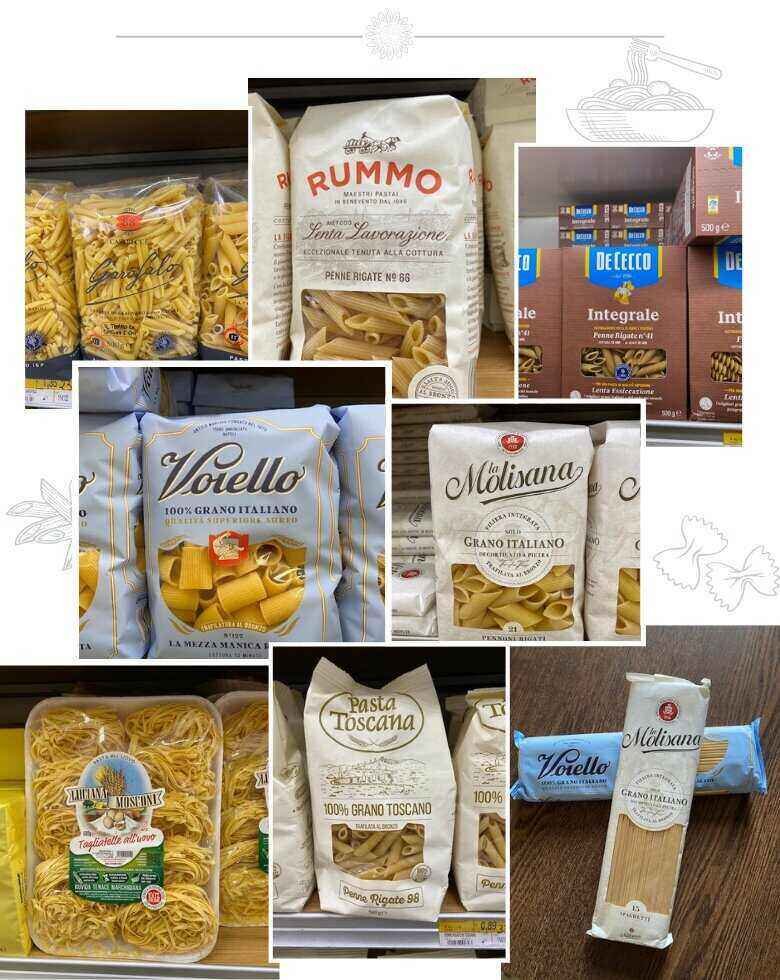
Lastly… #12: Pasta Expires Quickly
Dried pasta has a long shelf life if stored properly. No doubt, fresh pasta should be consumed sooner. But, it can typically last several days in the refrigerator. We had a great day making pasta with two of our grandchildren a few years back.
So, the next time you crave a delicious pasta dish, ditch the misconceptions and embrace the endless possibilities this versatile food offers!
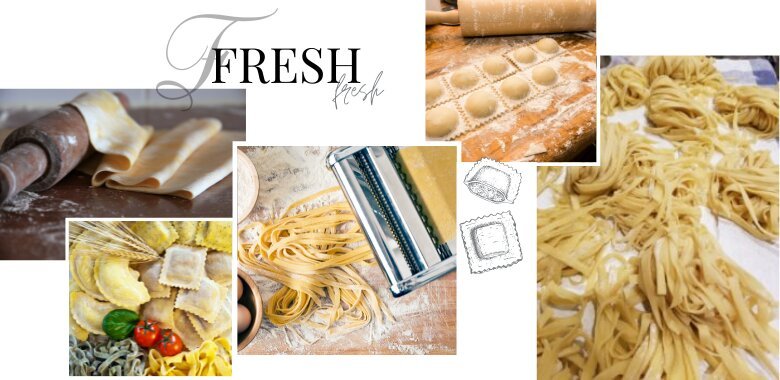
So… How’d You Do?
I’m sure you know some of these myths… but were you aware of all of them? Out of the twelve we mentioned, how many did you not know? Let us know in the comments. This should be interesting! For me personally, I didn’t know just one.




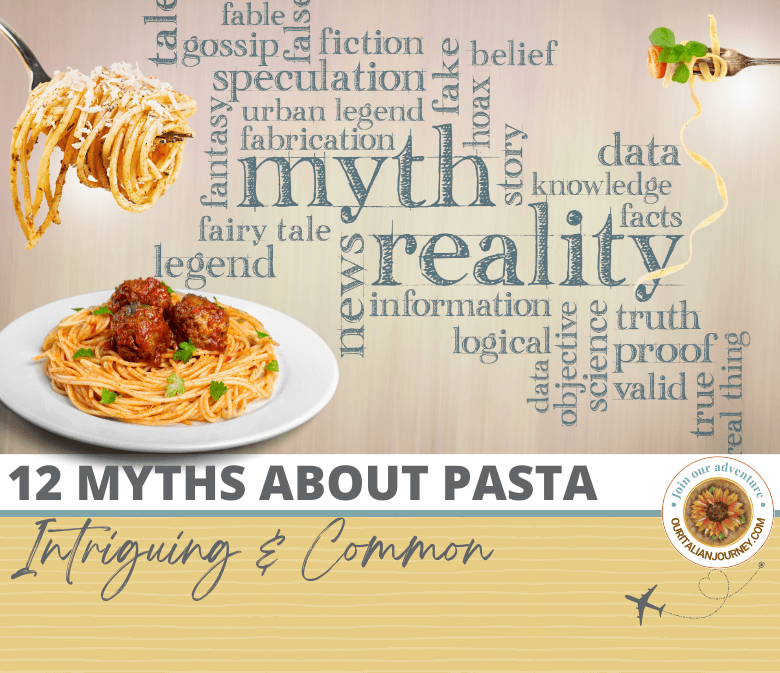

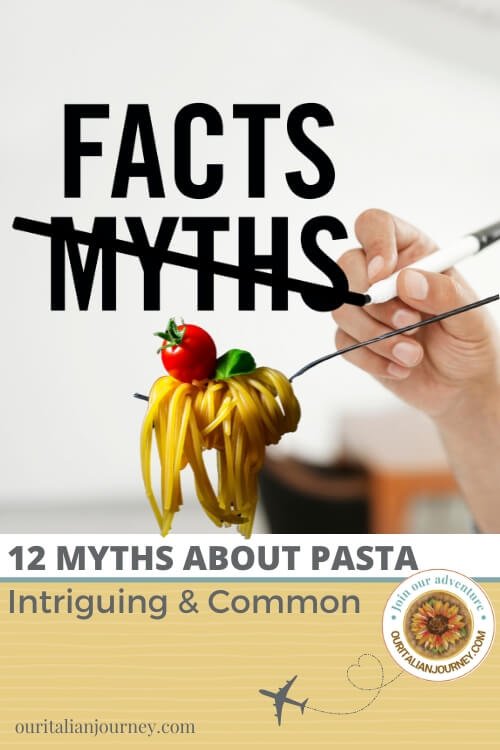

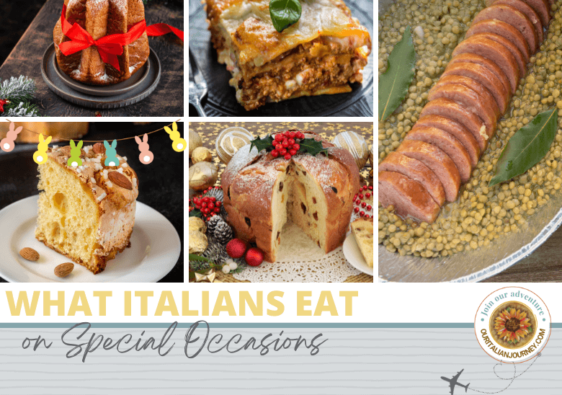


Ilene
Your best blog yet 👌
Keep it going
Want to hear more about Lucca🙏
Jeff
Wow Jeff – best yet? I’ll think of what I can post about for Lucca. Stay tuned…
I cook quite a bit, so nothing really new for me; however, in Abruzzo, there is a traditional dish called pasta con pallottine, which is essentially spaghetti and meatballs. The meatballs, though, are tiny (marble-sized), not like the American style. There’s an article in the dish in the September/October issue of Milk Street.
Ohhhh nice to know about Abruzzo’s traditional dish! Thanks so much for sharing.
Excellent post! I learned a few things I didn’t already know.
Shari Klarich
Wonderful Shari – always hoping to share new inforamtion!
Fascinating! Thanks for some basic cooking tips 😁
Thanks for the commend Ingrid – appreciate it!
Great article on one of the lost basic primi in the Italian culinary world. And you are absolutely correct – portion control and fresh sauce not only has less calories, but certainly tastes better!
How about an article on Tuscan sauces?
Ciao Angelo – Thanks for the compliment. When you say “Tuscan,” does this post fit, or are you thinking of something else? https://ouritalianjourney.com/popular-classic-sauces-of-italian-cuisine/
Being the non-cook in the family I found the whole article valuable. The last 3 items are of particular interest to me. Ciao!
That’s great news, Tom. Thanks so much for commenting!